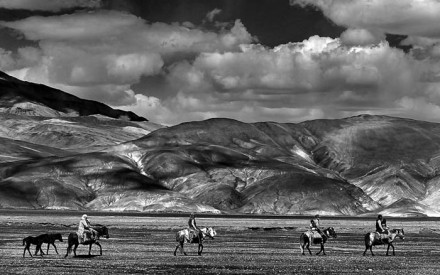
© Sankar Sridhar
Text and photographs by Sankar Sridhar.
The invitation to contribute to this blog has come at a time when a needling regret was just beginning to surface yet again. It has been nearly a six months since Urghyen passed away. I learnt about it when I had gone to visit him. I was told that his daughter, Nyima, has married and moved to her husband’s household. She’ll never walk the old trails again. To find her in the maze of mental maps criss-crossing the high-altitude desert that is the Changtang will be a mammoth task. I don’t know if I ever will get to meet her again. A relationship seven years in the making has ended, just like that.
Urghyen and, to a lesser degree, Nyima have been instrumental in helping me love Ladakh, the trans-Himalayan desert in the northern tip of India that shares its border with China. For a long time, it was only for Urghyen that I retraced my steps there, a zero-carbon-footprint journey necessitated by the roadlessness of the land he called home. He made me love him, and the Changtang, enough to throw away my job, twice, so I could live his life.
Yes, my journeys into this Himalayan shadowland have culminated in a book that has done well in the market. Yes, I had been visiting Ladakh for four years before meeting Urghyen and Nyima. Yes, I have made many journeys in Ladakh that have not involved meeting Urghyen. But truth be told, much more than images and the odd award, and books and travelogues in magazines, I thank Urghyen and Nyima for teaching me how to love a region written off time and again as desolate, harsh and lifeless.
If I have grown to be content with what I have even while living in the city, where flaunting material possessions comes second only to the necessity of acquiring them, it is in no small measure for Urghyen. And he must be given complete credit for instilling in me the courage, the faith even, to get up and going solo across Ladakh, a land of emptiness on such a grand scale that I have seen trekkers break down and cry because they have lost sight of their team behind a sand dune or a mountain pass.
Urghyen was a Changpa, a nomad of Tibetan stock who moved into India’s Changtang plateau across the unmanned borders several decades ago. I met his daughter, Nyima, while heading to a roadhead to begin a trek. Upon my request, she had taken me to he home, and there, Urghyen invited me in and later accepted me as family. He even gave me a name — Thamo, which meant “The Thin One” in Ladakhi. Over time and many travels, much of which was with Urghyen and his flock, I began to realize what a wonderful a life they led. There will be many who would disagree — many Changpas, after all, have almost no access to modern medicine, schools are not much heard of, and they live in eternal migration with their sheep and goats and yaks, moving from one pasture to the next. Rain is a rarity in these places, and temperatures soar to 48C in summer and dip to -45C in winter.
But Urghyen never found any reason to complain. He was bolted to the Changtang with firmness as astute as that of a believer. This land, where only the hardiest of species survived, was his home. And he loved it for the way it was, living true to the faith he followed — Buddhism. And he lived well, he said. “I breathe clean air, I have all the space I want. People in the city need all the medicines they can have because they are unhappy. Happy people stay healthy.” And as for education, he knew and had passed down to Nyima all the knowledge that was needed to survive in these high plains. He knew where water was to be found in each season. He knew prime grazing patches. He knew how to help a goat deliver a kid and keep them safe from predators. He knew where the 90kph winds would not rip apart his tent. He knew which clouds would bring rain and which would only raise false hopes.
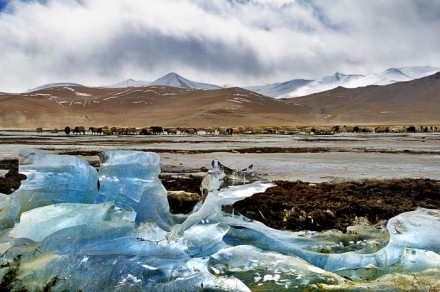
© Sankar Sridhar
He was happy with his tent, his flock of pashmina sheep, and the traders to whom he would sell the fine undercoat that goes into making the much-sought-after fabric for shawls and stoles.
Being a nomad was a lifestyle he cherished, faults and all, quite like we do our ways of life. It was an acceptance, a happy acceptance, not a helpless surrender as many may point out. And in my time with him (on and off, much, much more than two years), he convinced me enough to respect his way of life rather than consider him an oddity because he lived in a manner far removed from what I was used to.
I don’t know when, but the Ladakh that began as only a mountain-grit region of peaks and altitude transformed into a living, breathing land, and I, a traveler without an agenda. Somewhere during my travels I let go of the map, the trekking trails, the urge to get to a place with a name by evening. There was no hurry, no destination to get to. I lived in the faith that when I ran out of rations, I’d find help. More often than not I did. Over time, like Urghyen, I feared not about getting lost, but about being found. In the past seven years, the only signs of humans, other than the Changpas, I have seen on my travels have been the litter mindless trekkers intent on bagging bragging rights have left behind.
As the army has built more roads into its heart and magazines and newspapers have touted Ladakh as the ultimate adventure destination, so too has the level of litter increased along roads and trekking trails. Empty beer bottles, cola cans, polythene bags and a whole lot more crowds trekking routes today. Each time Urghyen came across another stash, his eyes would give away the hurt he felt at the defilement of his home.
Urghyen has seen, as have I, the sudden bureaucratic decision to demarcate part of the Changtang as a national reserve, off limits to the Changpas. The reason? Man-animal conflict. It was strange that in the entire range of the animals that inhabit Ladakh, they have dealt with the Changpas, and the Changpas with them, ever since either can remember. Urghyen had moved, but never understood how someone who might never have visited Ladakh decided the Changpas are doing the terrain more harm than good, while fuel-guzzling SUVs offroading on the same terrain caused no damage to the environment or wildlife.
It was on a day when he was depressed that he asked me to take pictures of his people, his home, and show it to “my kind” in the city so they could learn to love the impressive and fragile land. When you love someone or something, he would say, you’d be willing to give up your life to protect it.
No newspaper or magazine would be very keen on recording the passing away of a nomad. And not many would spare space for personal emotions. Even without Urghyen, I find myself drawn to this part of the Himalayas, ploughing ever deeper and away from trekking trails to discover new landscapes that would have made even Urghyen stop a moment more and appreciate it.
The images in this series are part of a collection that Urghyen has seen, and appreciated. There are some recent ones as well, which he might gaze upon now and smile. They are an attempt to set the community of the Changpas in context with their environment and lifestyles, through the seasons. Urghyen felt some images could make at least some people ponder on the frailty of the balance in the Himalayas and goad them to be better hikers and mountaineers. I, too, can only hope that the images that brought a smile on the face of Urghyen — a man as used to the majestic landscapes much as we are to our surroundings — will have the same effect on admirers of the mountains.
And to my friend Urghyen, a man who measured distances in hours and time by the length of his shadow, who knew neither blog nor internet nor computer, I say this: Thank you for the giving me the gift of lack of direction, the greatest possession I shall ever have on my forays into the abode of snow.
For more great photographs and stories about Changpa nomads life in Ladaks please visit Sankar Sridhar homepage and blog.
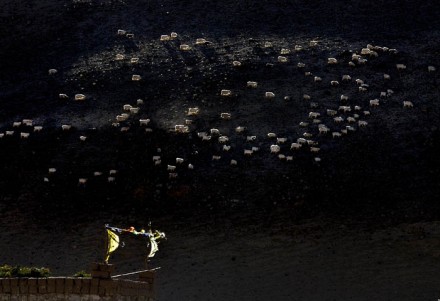
© Sankar Sridhar

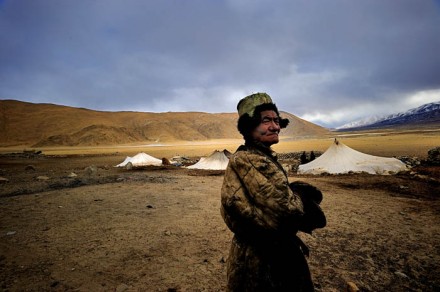
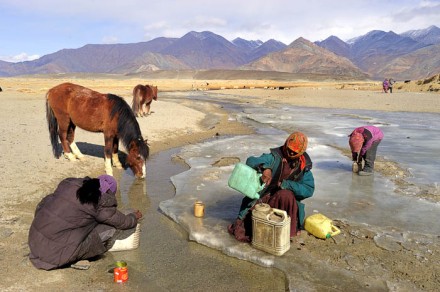
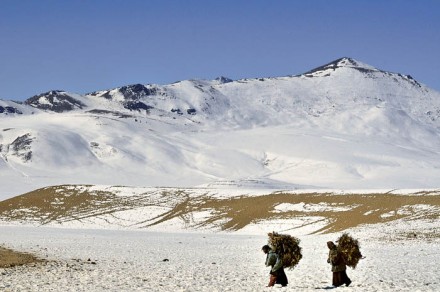
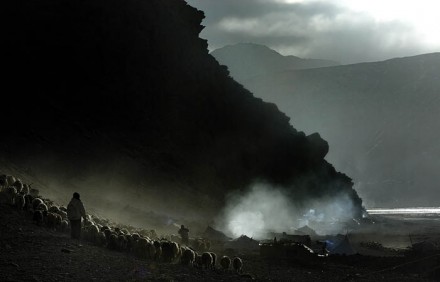
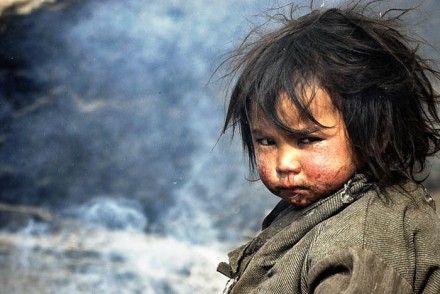
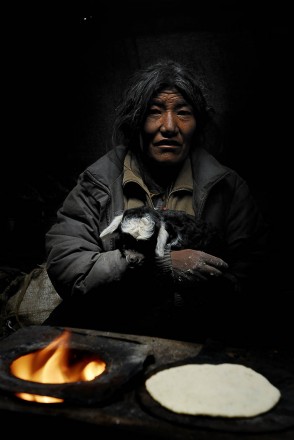
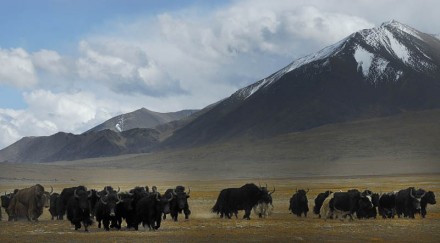
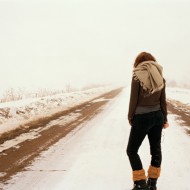
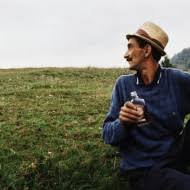
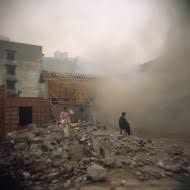

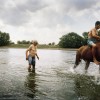





























I have only heard about Urghyen and Nyima from Sridhar but I feel as if I know them. And when I read this Urghyen’s death and the fact that Nyima is married and probably Sridhar will not see her again felt like a personal loss to me! A moving piece one that needs to be read by as many people as possible if Urgyen’s land is to be saved from becoming yet another “tourism paradise”.
If I am not mistaken, Urghyen was also the man featured in the documentary ‘Riding solo to the top of the world’. His face came floating back as soon as I started reading this piece. Sridhar, I wish some of us could have half the courage he instilled in you. I have never been to Ladakh, but Urghyen is the first Changpa I had known of. And the regret of not meeting him will stay with me forever.
Breathtaking beauty… beautifully captured…cool man.
Read Shanker’s book as well. Loved the book. His passionate love for the exotic land is fully justified in his work. Perhaps he is one of the rarest few wholoved the region so much and his work makes any reader love changthang many times more. I have been there, loved the place a lot, but got the book from Leh, seeing the region from his eyes changed the entire perspective, I felt I have seen nothing. May be to see the region from his eyes I will spend at least a week there with his book. I m posting a picture of Changpa family at Flickr.
Dear Shankers , Thanks for the pics . To see these pics is a sacred moment !
Marisa
Truly moving. It is wonderful how you are able to convey in one go many things – a sense of adventure, compassion for a deserving land and its people, and a deep sense of envrionmental activism. Of course your simple yet elegant language (which is fast disappearing from the english journalism in India) is extremely captivating. In today’s english papers I am delighted if the journalist is able to write grammatical english. You can imagine my joy when I see your flowing brook like language which is able to reflect your personal humility without any pretense whatsover. Love Santhanam Chittappa and Kanchi Chitti
Sankar,
just brilliant! the photography, the writing and the land of the Changpas! Extremely moving acccount.
Sujoy Das
You can also subscribe to this post comments RSS feed.